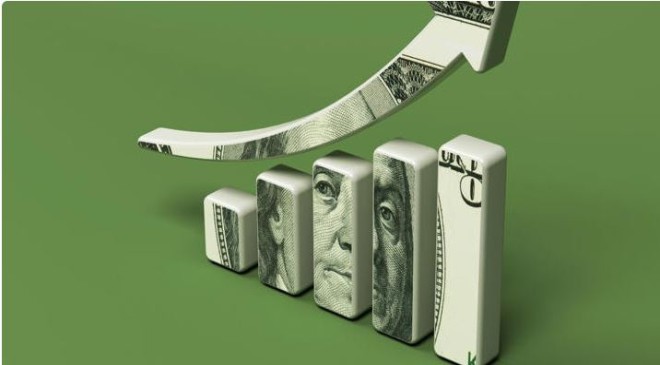“Be prepared, work hard, and hope for a little luck. Recognize that the harder you work and the better prepared you are, the more luck you might have.” — Ed Bradley
Read More : 9 Questions To Ask Yourself When You Feel Like The Worst Mom Or Dad Ever
Those words of wisdom apply to many aspects of life, such as sports and your career. They apply very much to investing as well. If you work hard — perhaps by reading widely — you can become a savvy investor, able to spot red flags and green flags in financial statements and identify high-quality, growing companies.
Ideally, though, you don’t want to invest in those companies at just any price. Instead, aim to buy when they’re undervalued — say, after a market pullback — thus giving you a margin of safety. Below are three such contenders to consider. If you like any of them, add them to a watch list and wait for a better price.
1. Apple
Read More : Today’s horoscope: Free daily horoscope for Saturday, December 2, 2023
Apple (NASDAQ: AAPL) is one of the biggest companies in the world with a recent market value near $3 trillion and a lofty mission: “Apple’s more than 100,000 employees are dedicated to making the best products on Earth, and to leaving the world better than we found it.” It has built a massive and enviable ecosystem of compatible products across five software platforms — iOS, iPadOS, macOS, watchOS, and tvOS — and is always looking to expand more, for instance, into artificial intelligence.
The company’s fourth quarter featured revenue down 1% year over year, likely due in part to inflation and high interest rates dampening consumers’ buying enthusiasm. But earnings per share were up 13%, iPhone sales were up 3%, and the high-margin services division, second in revenue size only to iPhones, was up 16%.
Apple is a dividend payer, too, with a recent modest dividend yield of 0.50%. (It has hiked that payout by an annual average of 6% over the past five years.) Note that if the stock falls in value, the dividend yield will go up, barring any change in the dividend amount. With a recent forward-looking price-to-earnings (P/E) ratio of 28.7, well above the five-year average of 24.1, Apple’s stock doesn’t appear to be a screaming bargain. But stay ready should a better price emerge in a market drop.
2. Costco
Read More : 6 Tips for Glowing Skin
Costco Wholesale (NASDAQ: COST), with a recent market value north of $260 billion, has grown into one of Earth’s biggest retailers — in part by paying attention to and serving its customers, employees, and shareholders well. The mega-retailer recently sported 862 stores worldwide, with 592 in the U.S.
It’s also a favorite holding of Warren Buffett’s business partner, Charlie Munger, who has said, “I love everything about Costco. I’m a total addict, and I’m never going to sell a share.”
Like other big companies wanting to expand via new growth drivers, Costco is looking at healthcare, offering its members inexpensive virtual visits, checkups, and lab work costing $29 to $79. With healthcare generally so costly these days, this membership feature may attract new members and help retain existing ones.
Costco is a dividend-paying stock, too, with a modest recent yield of 0.7%. It’s also a solid dividend grower, averaging annual hikes of 12% over the past five years — and it occasionally offers special dividends, too, every few years. Like Apple, though, it doesn’t appear to be bargain-priced at recent levels.
3. Netflix
Read More : Today’s horoscope: Free daily horoscope for Friday, December 1, 2023
Then there’s Netflix (NASDAQ: NFLX), with a recent market value near $210 billion. The company has been performing well lately, which is largely why the stock has surged more than 60% over the past year (and has averaged 25% annual growth over the past decade).
What has Netflix been doing? Well, it has demonstrated strong pricing power, having successfully increased some of its prices almost twofold over the past decade. It has also introduced a cheaper, ad-supported subscription plan, which has gained some 10 million subscribers in just a few months. And its disallowing of limitless account-sharing has also resulted in many new subscriptions.
Netflix’s third quarter featured revenue of $8.5 billion, up 7.8% year over year, and a 10.8% increase in global paid memberships to 247 million. The company pays no dividend, which is typical for companies still investing heavily in growth. Its stock isn’t exactly cheap, but it’s not as overvalued as it has been in the past, either. Its recent forward P/E of 38 is well below the five-year average of 54.
We all need to be saving and investing in earnest for our retirement, and building a watch list of great companies you’d like to buy into at the right price is a smart investing move



































